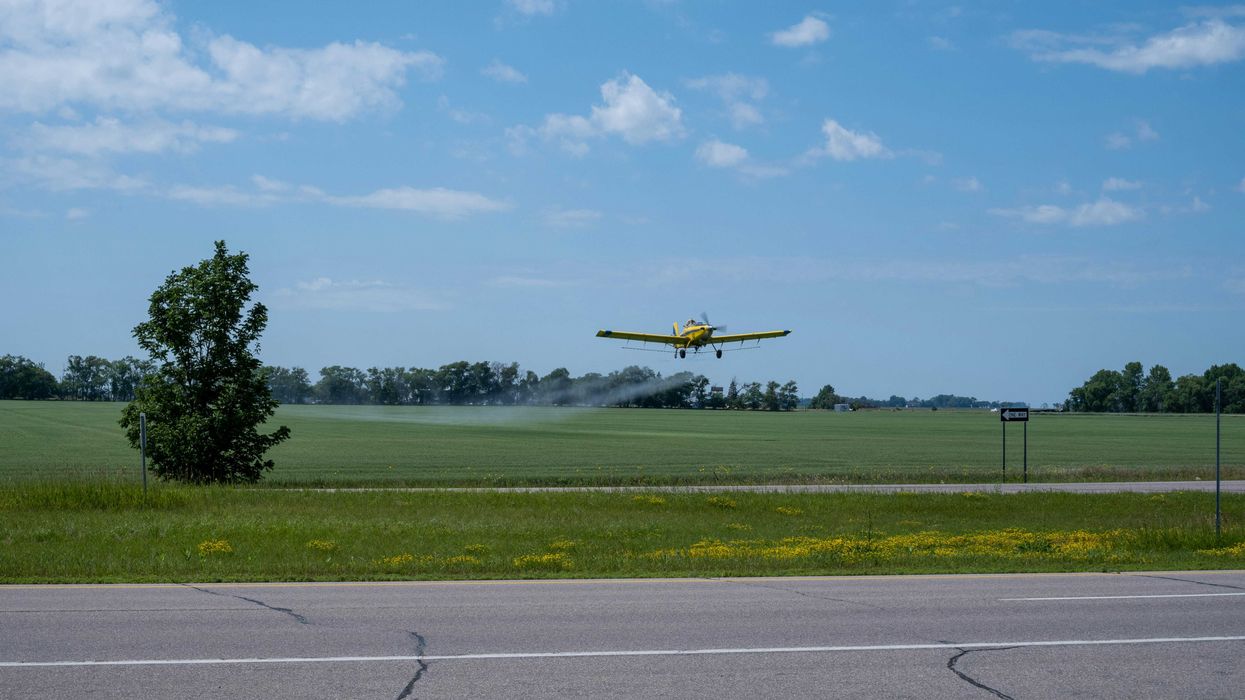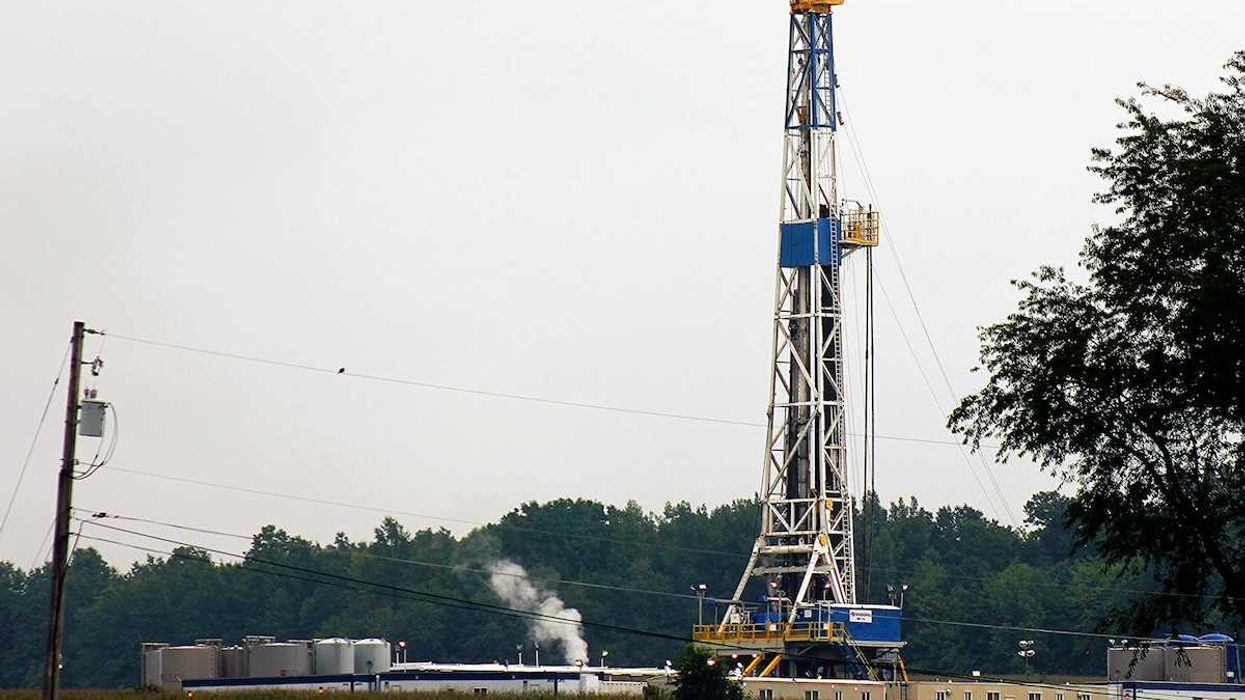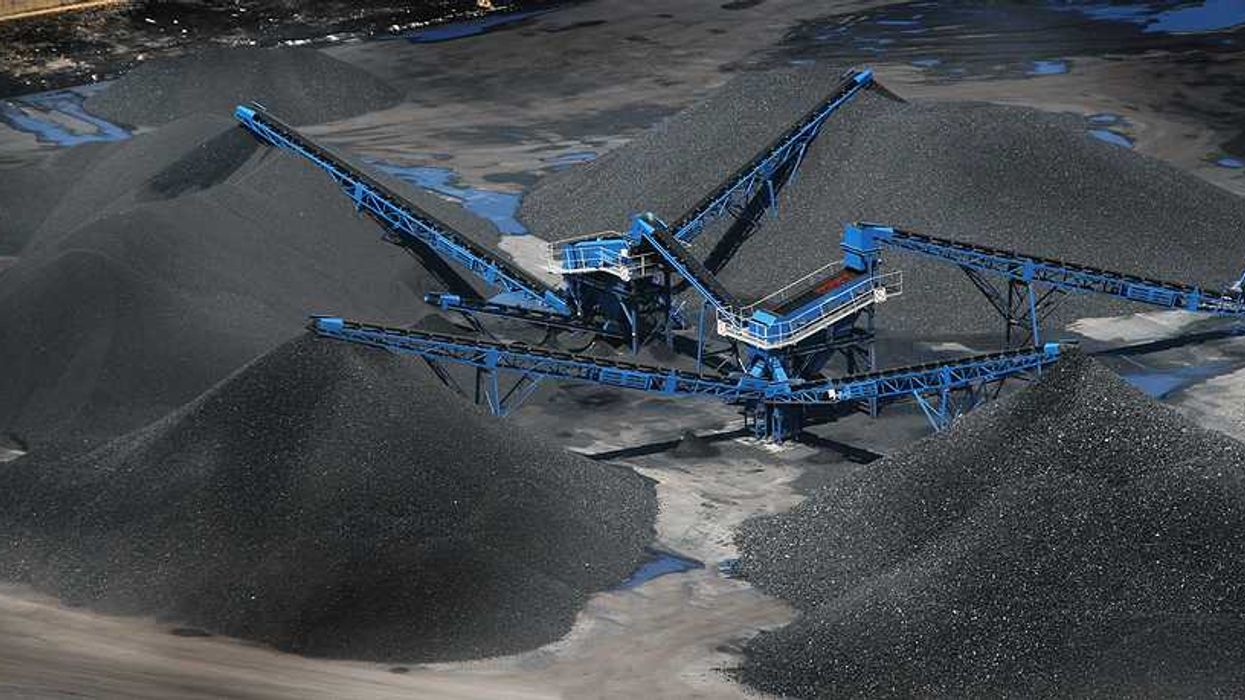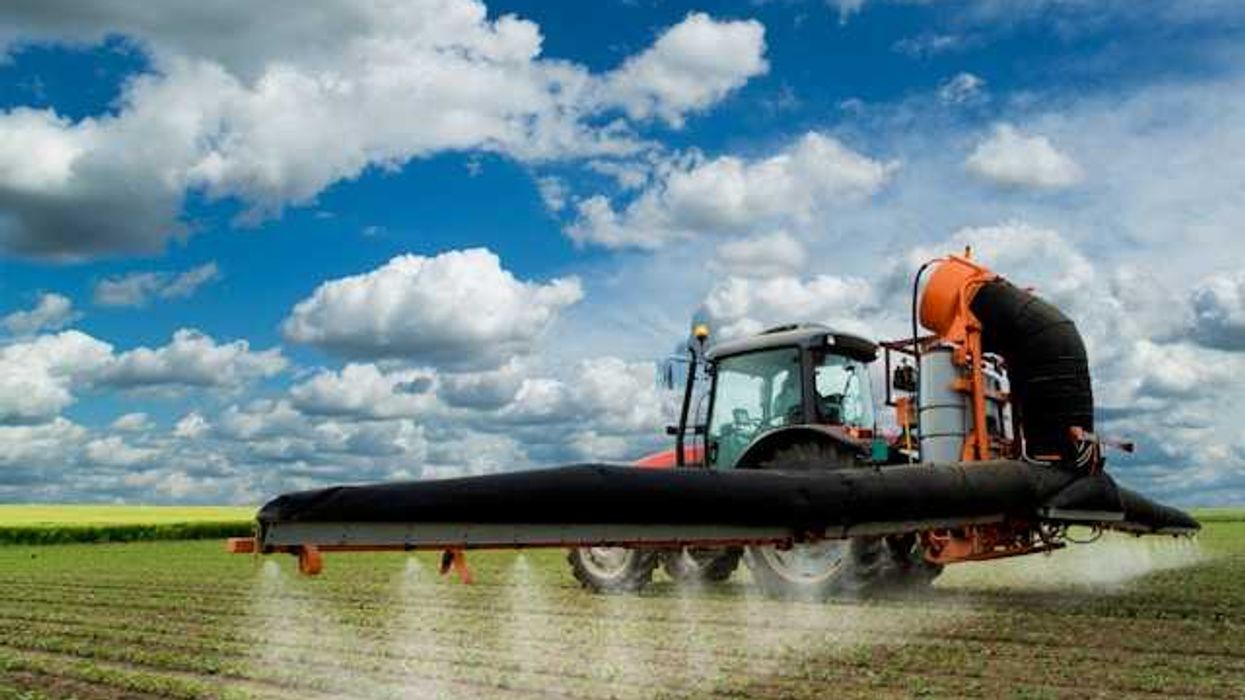Blood and breast milk samples in Arctic regions reveal declining levels of regulated pollutants but rising levels of unregulated contaminants like PFAS.
Yereth Rosen reports for Alaska Beacon.
In short:
- A study by the Arctic Council shows declining levels of regulated pollutants in Arctic people’s bodies over the past three decades.
- The study also found increasing levels of unregulated PFAS, which are linked to serious health issues.
- Some regions have implemented measures to reduce PFAS, but gaps in regulation remain.
Key quote:
"More focus is needed on biomonitoring the new emerging contaminants of concern in the Arctic and their implications on human health."
— Arctic Monitoring and Assessment Programme
Why this matters:
While regulations have reduced some harmful chemicals, unregulated contaminants like PFAS are still a threat to health. The implications for Arctic communities are profound. Traditionally reliant on a diet rich in local fish and marine mammals, these populations are especially vulnerable to bioaccumulation of contaminants. The presence of PFAS in breast milk is particularly alarming, as it poses a direct risk to infants, potentially affecting their development and long-term health.














